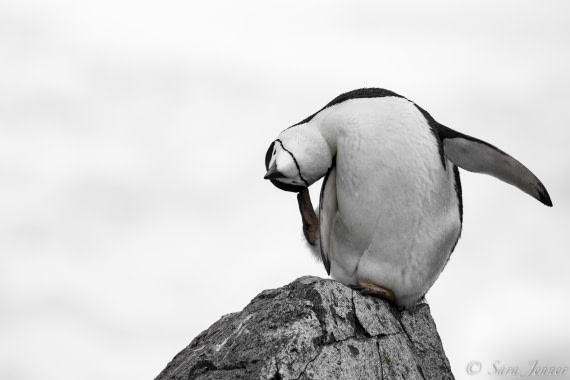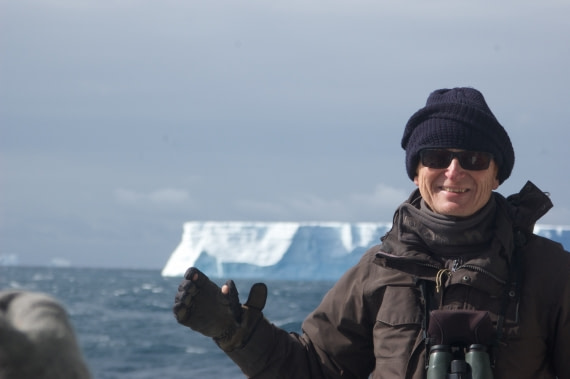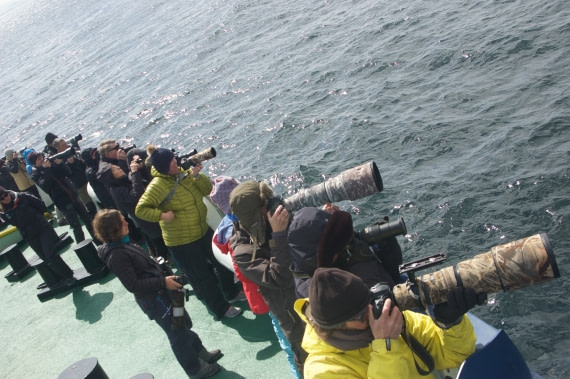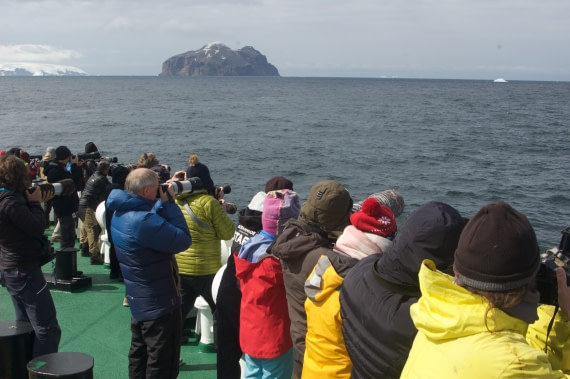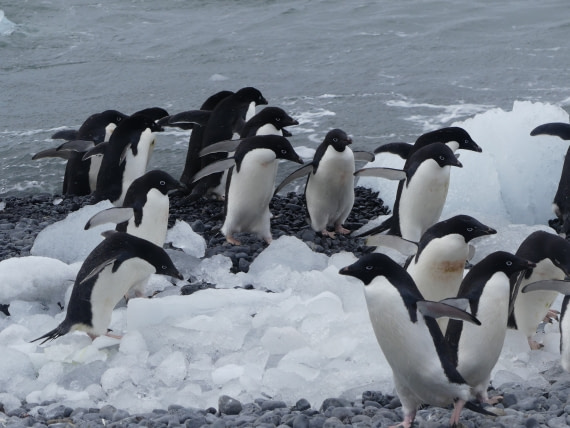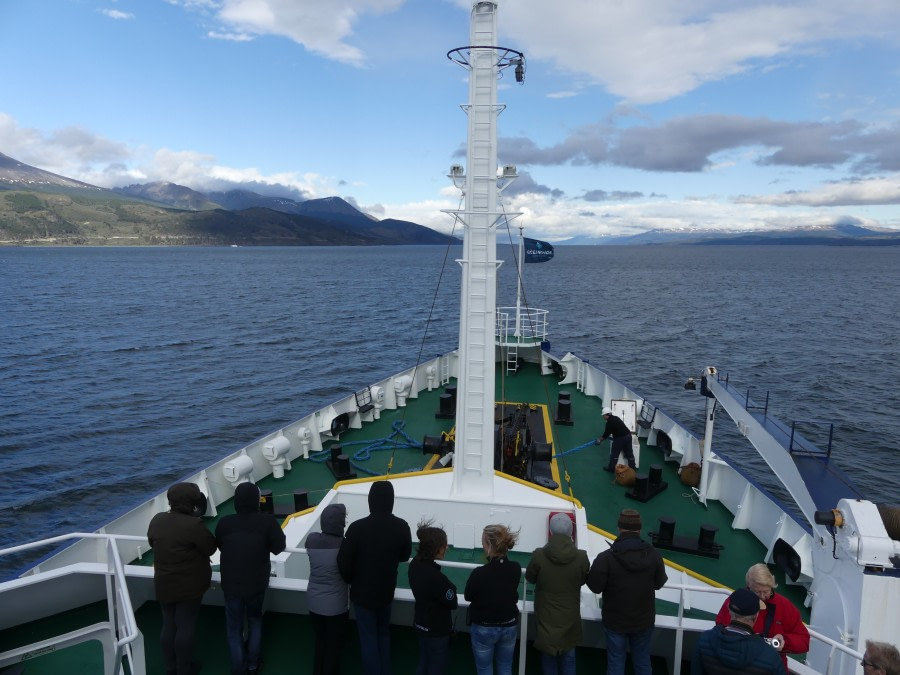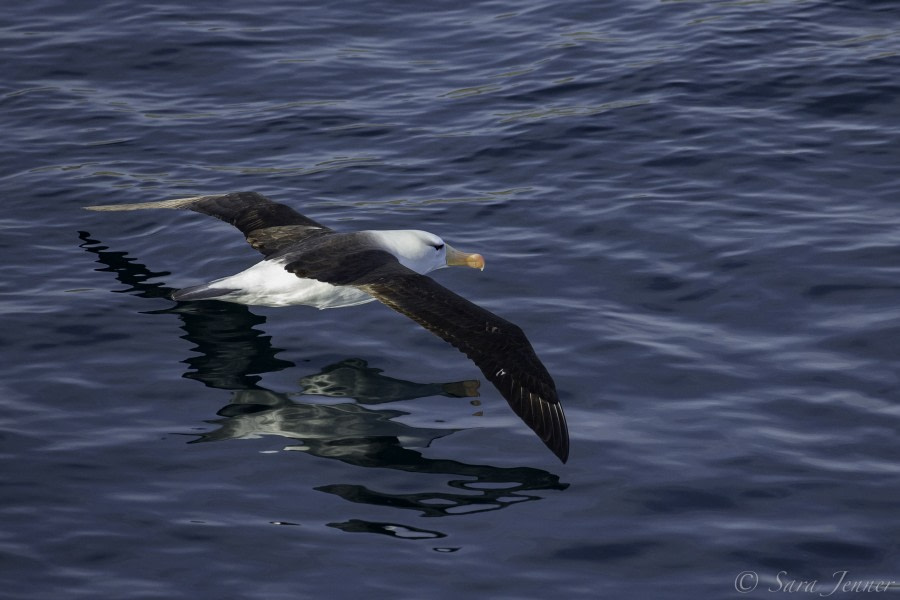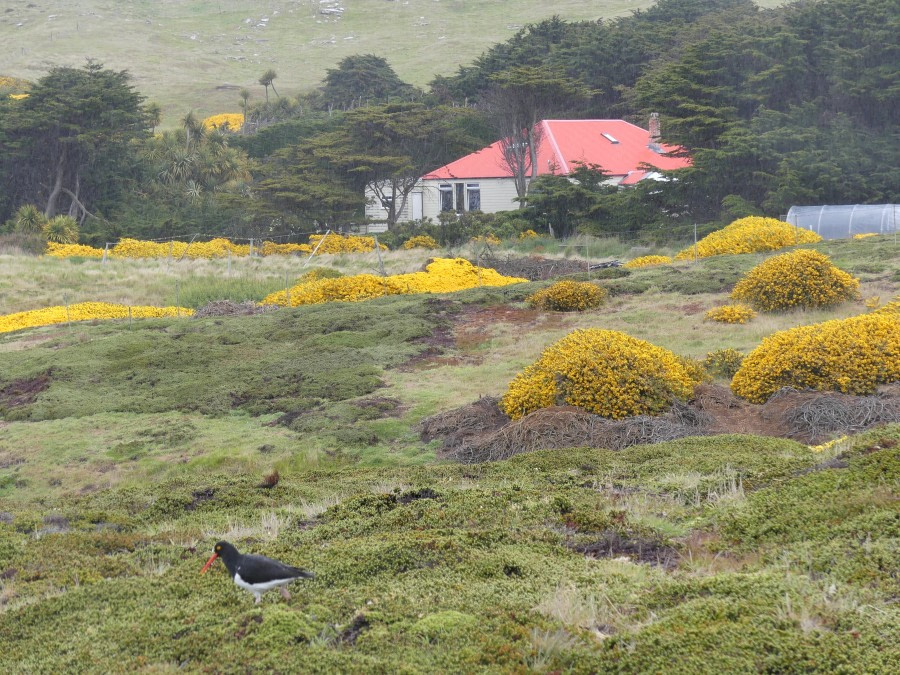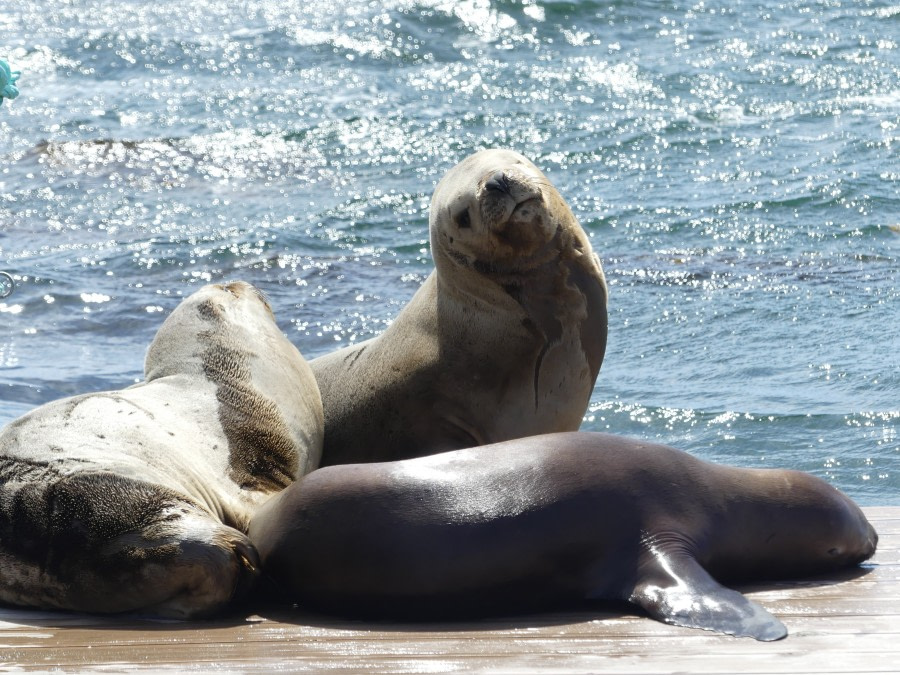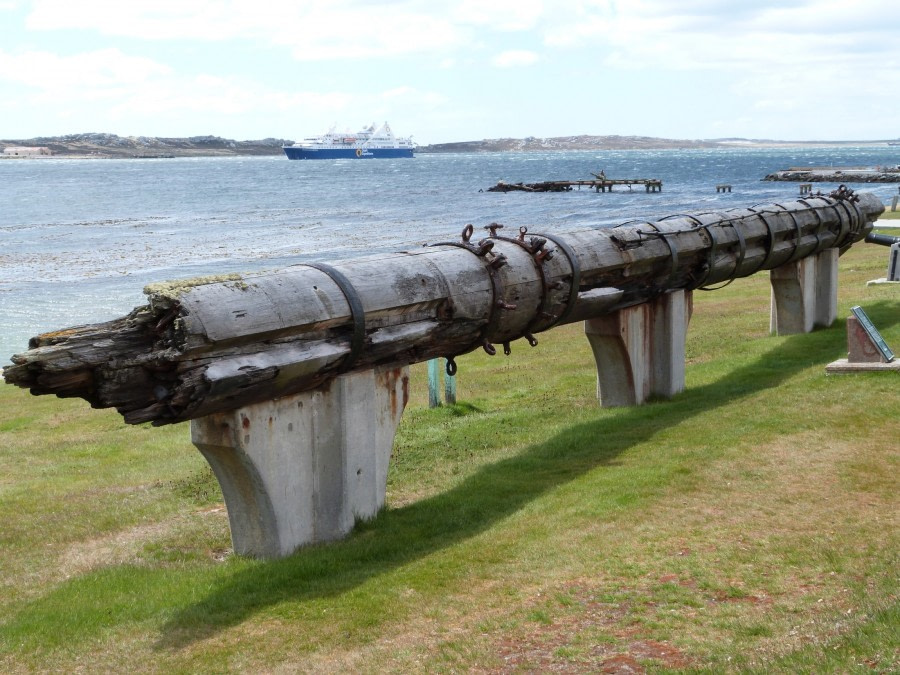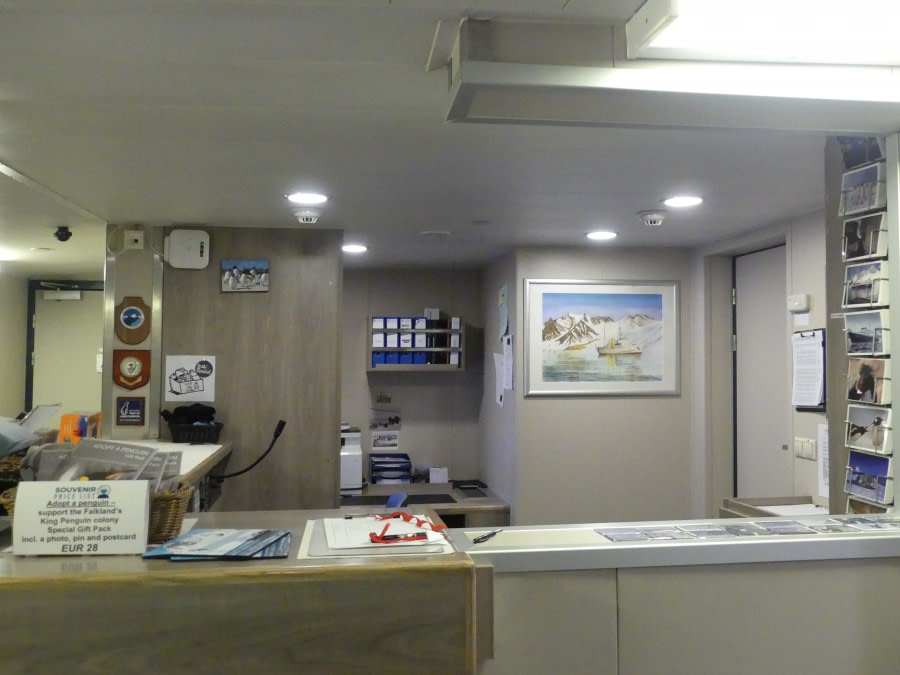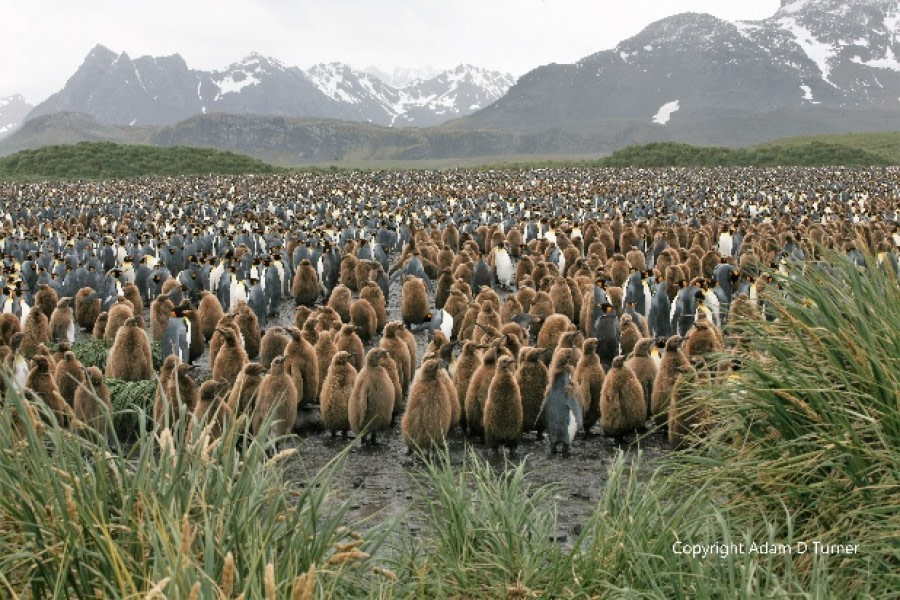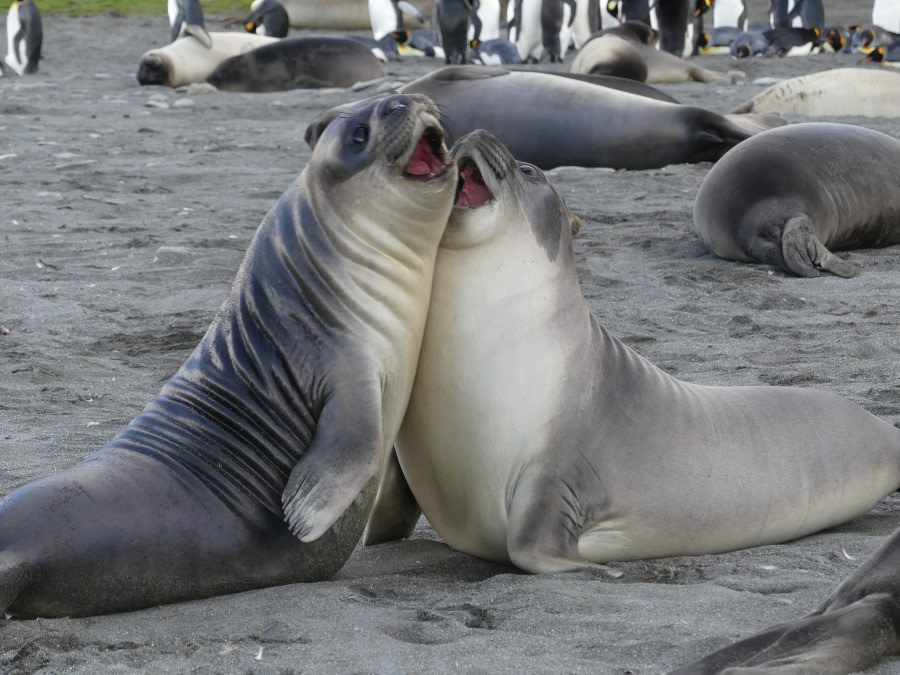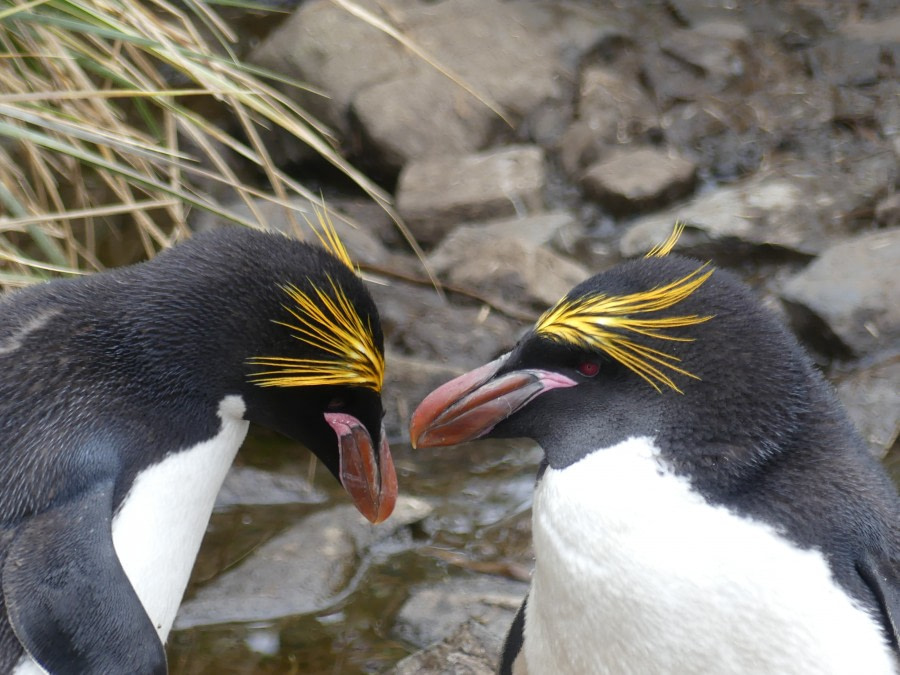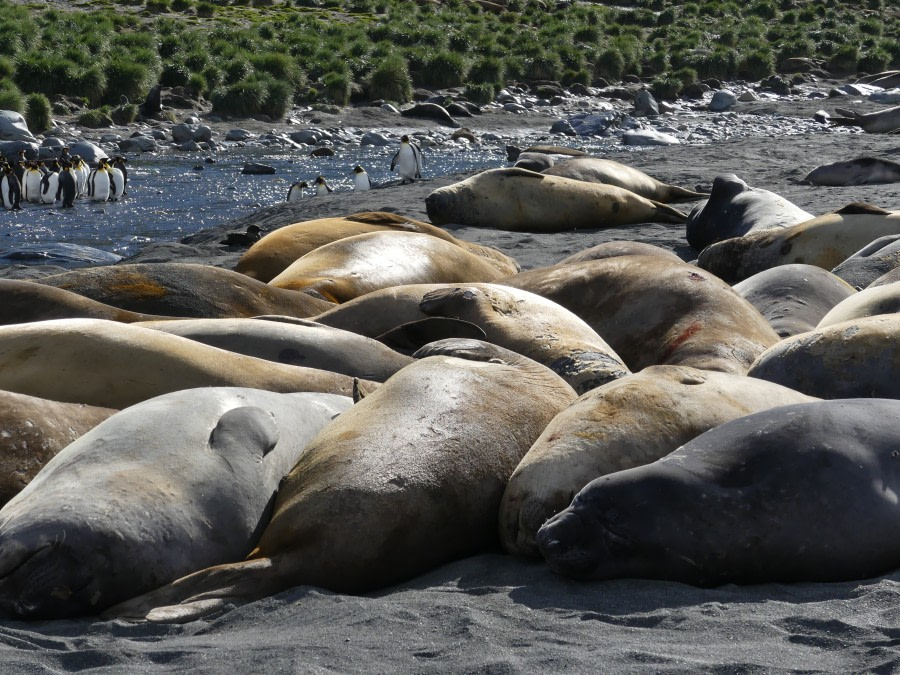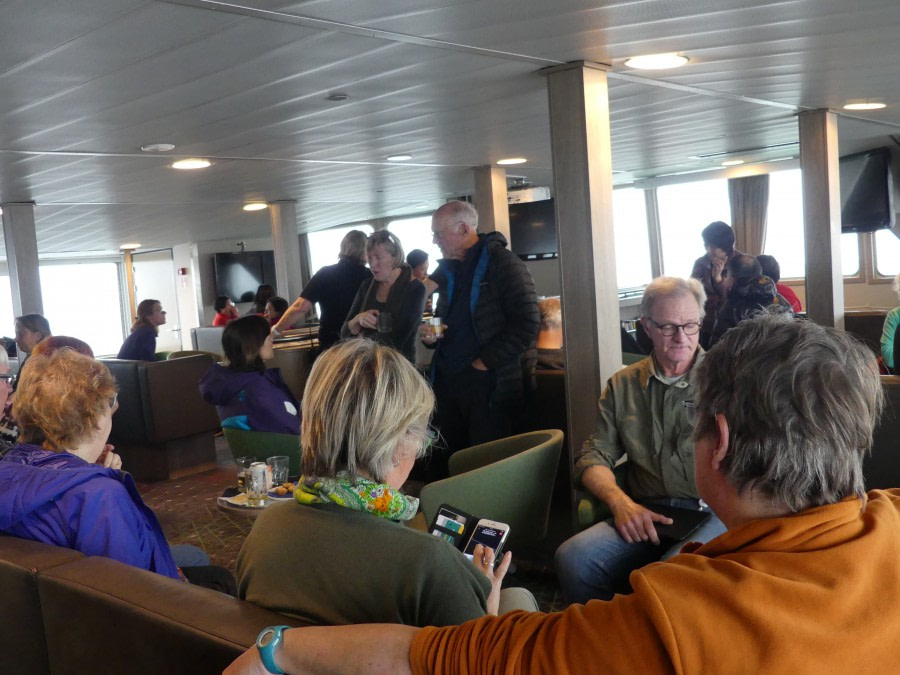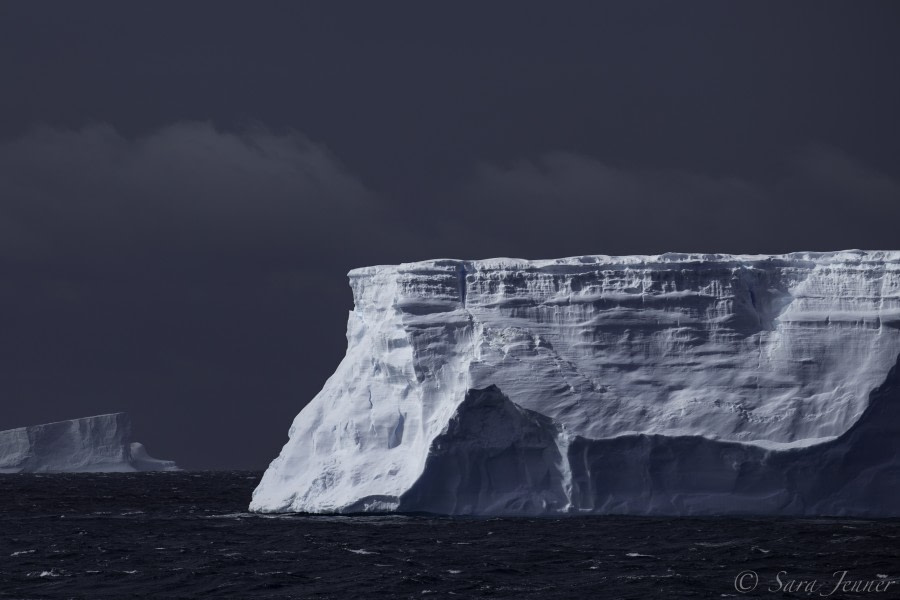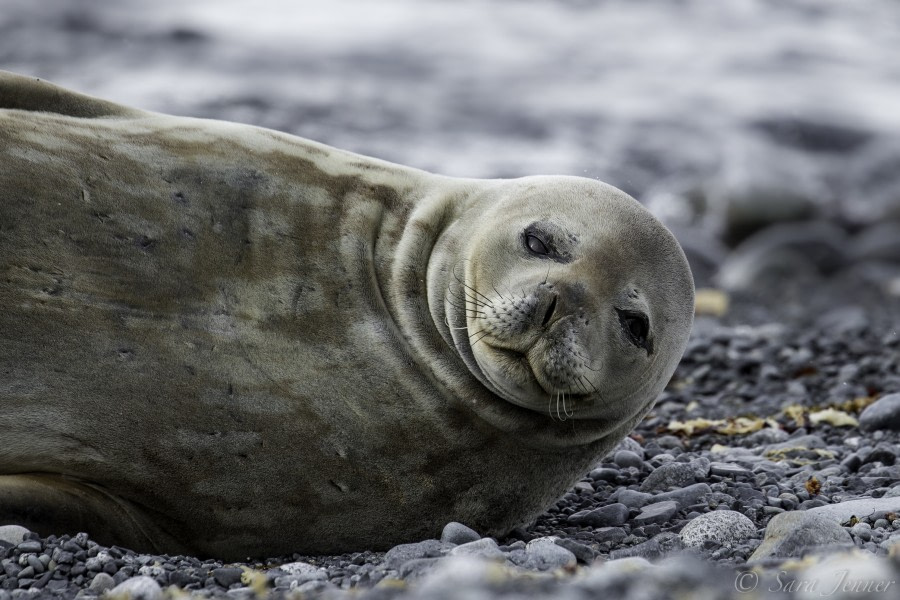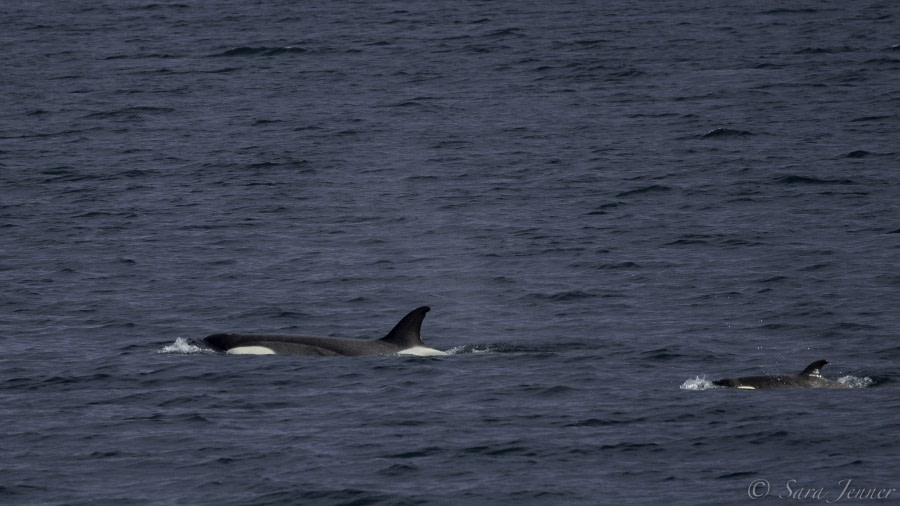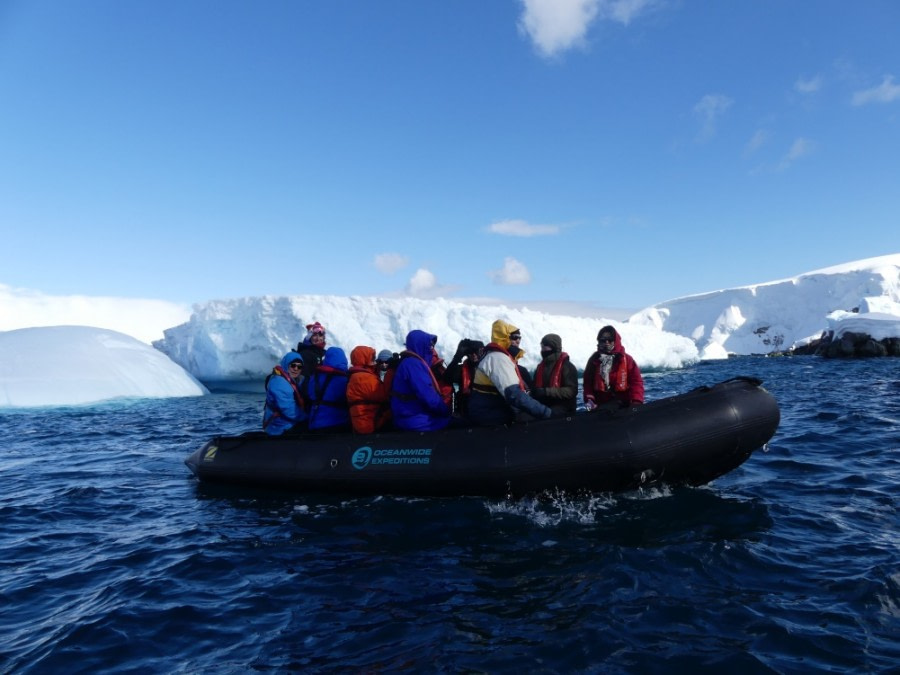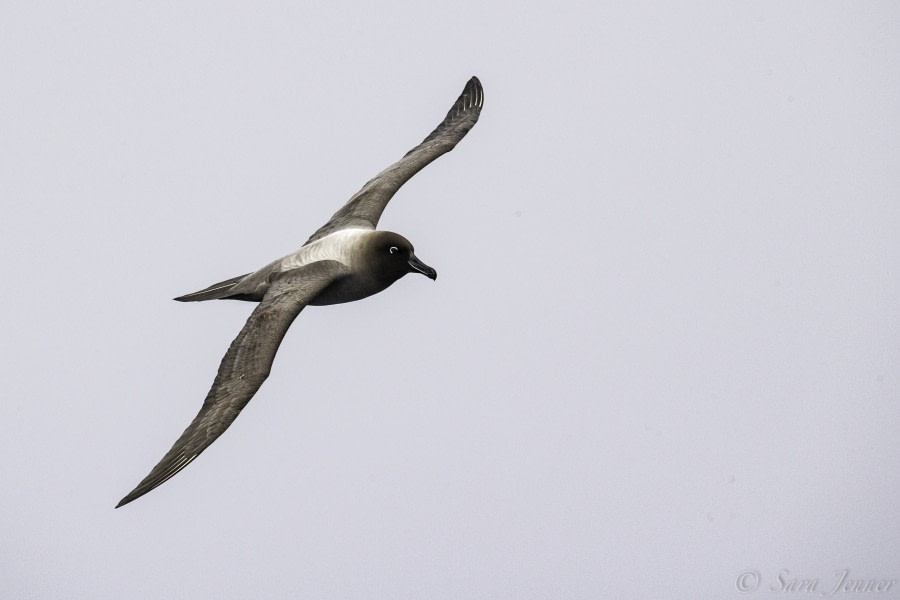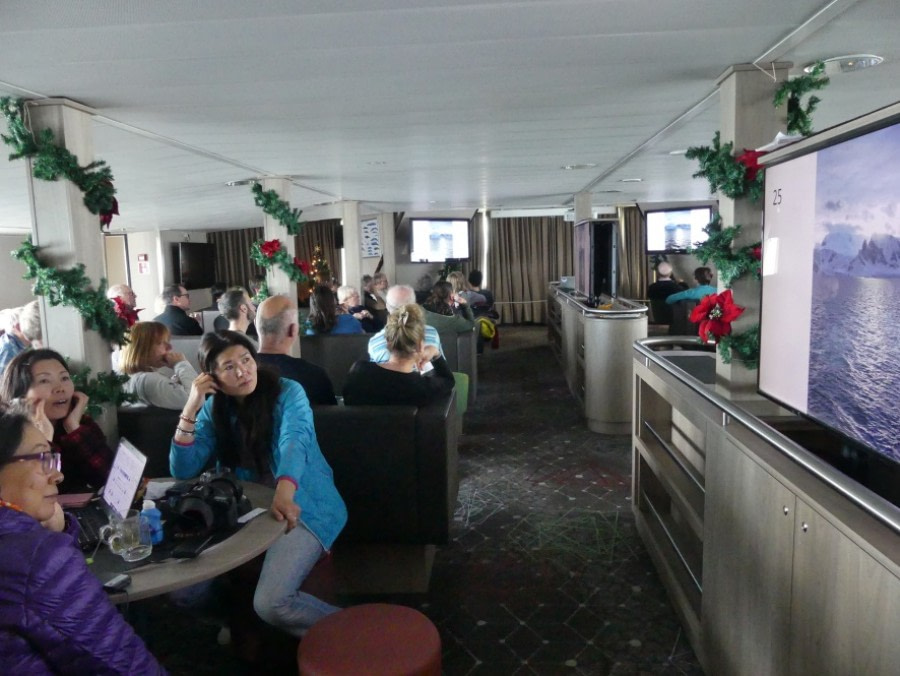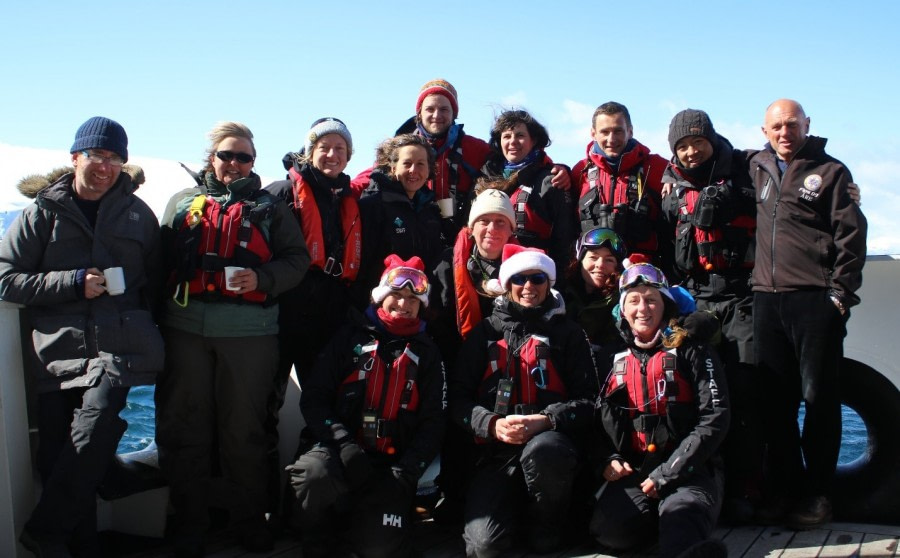| Fecha: | 03.12.2018 |
| Posición: | 54°53’S / 067°52’W |
| Viento: | NW-3 |
| Clima: | Overcast |
| Temperatura del Aire: | +11 |
Ushuaia! ‘The End of the World; the Beginning of Everything’ as a rather splendid wall-painting proclaims. Most of us had time to explore this dramatically-located settlement before boarding Plancius between 4 and 5 pm. We were shown to our cabins to unpack, and then excitedly checked out our new home for the next 19 days. Locating the whereabouts of the bar and 24/7 coffee/tea station was the most important task. At 5.30 pm we were summoned to the Lounge/Bar by Ali Liddle, our Expedition Leader. She introduced herself, welcomed us on board, then showed us an important safety video about what to do in emergencies at sea. It is important that we keep ourselves and others safe as we sail to remote destinations, with little or no medical help. Chief Officer Miia supplemented this information with a few details specific to Plancius and our voyage. After this we all headed out on deck to watch our sail-away from Ushuaia. It was exciting to see the lines cast off and watch the southernmost town in South America disappear as we headed out into the beautiful Beagle Channel. Magellanic penguins were spotted in the water and soaring birds accompanied us as the local pilot steered us away from civilisation. At about 6.15 pm we heard the seven short and one long blasts alerting us to the all-important life boat drill, which must be held before we reach the open sea. We mustered in the Lounge, a roll-call was taken and then we were all led out to the life boats. Now we know precisely what to do and where to go in the unlikely event of an emergency. Before dinner we met Zsuzsanna, our Hotel Manager, who explained all about life on Plancius. Then Ali introduced Captain Artur Iakovlev to us, the Master of the Vessel and the man responsible for getting us all safely to the Falkland Islands, South Georgia and Antarctica – and back again. We drank to the success of our voyage, waved a quick ‘hello’ to the Expedition Team and then dinner was announced. The Dining Room was buzzing and we enjoyed our first meal on board. Afterwards a few passengers and staff adjourned to the bar, but it was a quiet evening socially. Most of us spent some time on deck admiring the scenery and wildlife and bidding farewell to the Argentine pilot, before heading for bed and a good night’s sleep. Tomorrow we will wake up in the open ocean, our Plancius Bridge team in sole control, well on our way to the Falkland Islands.

